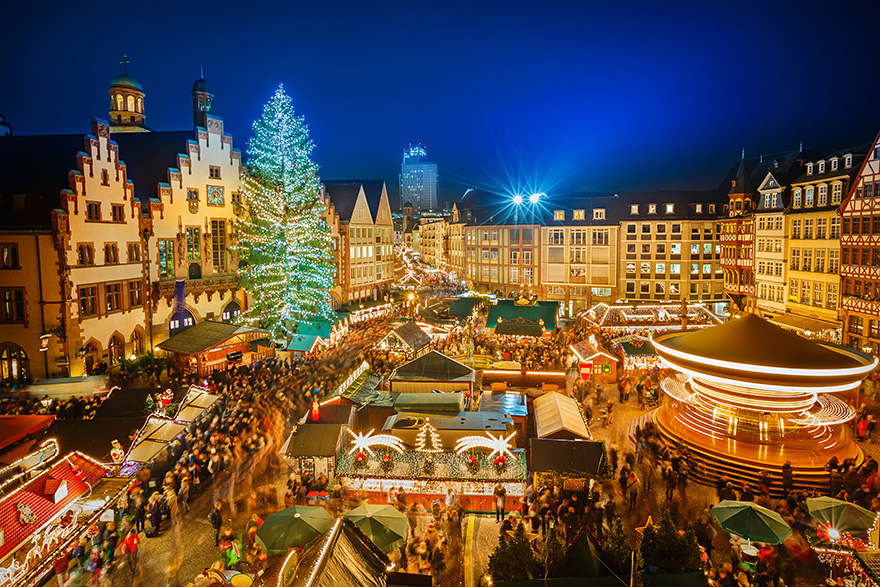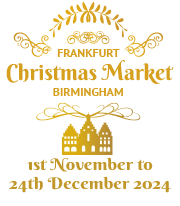
Photo © S. Borisov, licensed from shutterstock.com
History of German Christmas Markets
In 336 A.D., the decision was made to celebrate Christ’s birth on 25 December each year. In essence, this was a religious policy decision designed to loosen the Church’s links with the old pagan festivals.
The custom of giving presents at Christmas, in celebration of the Three Kings’ gifts to the Infant Jesus, did not start until much later. This too has its roots in paganism. Christmas overlapped with the ancient Roman festivals in honour of Saturn, when gifts were showered on citizens and slaves alike.
People bought their presents at the Christmas markets which originally took place only in the larger cities and commercial centres. The markets in Frankfurt, Nuremberg, Hamburg, Berlin, Leipzig and Dresden were especially well-known. The first historical record of the Frankfurt Christmas Market dates back to 1393.
The Christmas Market was usually held on the church square so that the faithful could wander round the Market after attending church. They would pause to admire the selection of wares – the best local crafts, toys, sweets and Christmas gifts. The toys were usually simple wooden carts, rag dolls and – much later – hobby horses and rocking horses. Until the 1870s and 1880s, parents would usually buy all their children’s toys at the Christmas Market.
Even then, Christmas Markets were places to see and be seen. They were an opportunity to meet friends and swap news and gossip. This social aspect of the Christmas Markets has survived to this day, and even now in 2018, the Markets are the cities’ meeting place during Advent. People meet here over a cup of Glühwein to chat, sample the many different Christmas goodies, and enjoy the festive atmosphere and romance of winter. The Glühwein and refreshment stalls are the heart of the Market, and are as important as the traditional crafts stalls. Nowadays, the Christmas Markets are a colourful and lively mix of crafts, foods, drink and other seasonal attractions.
